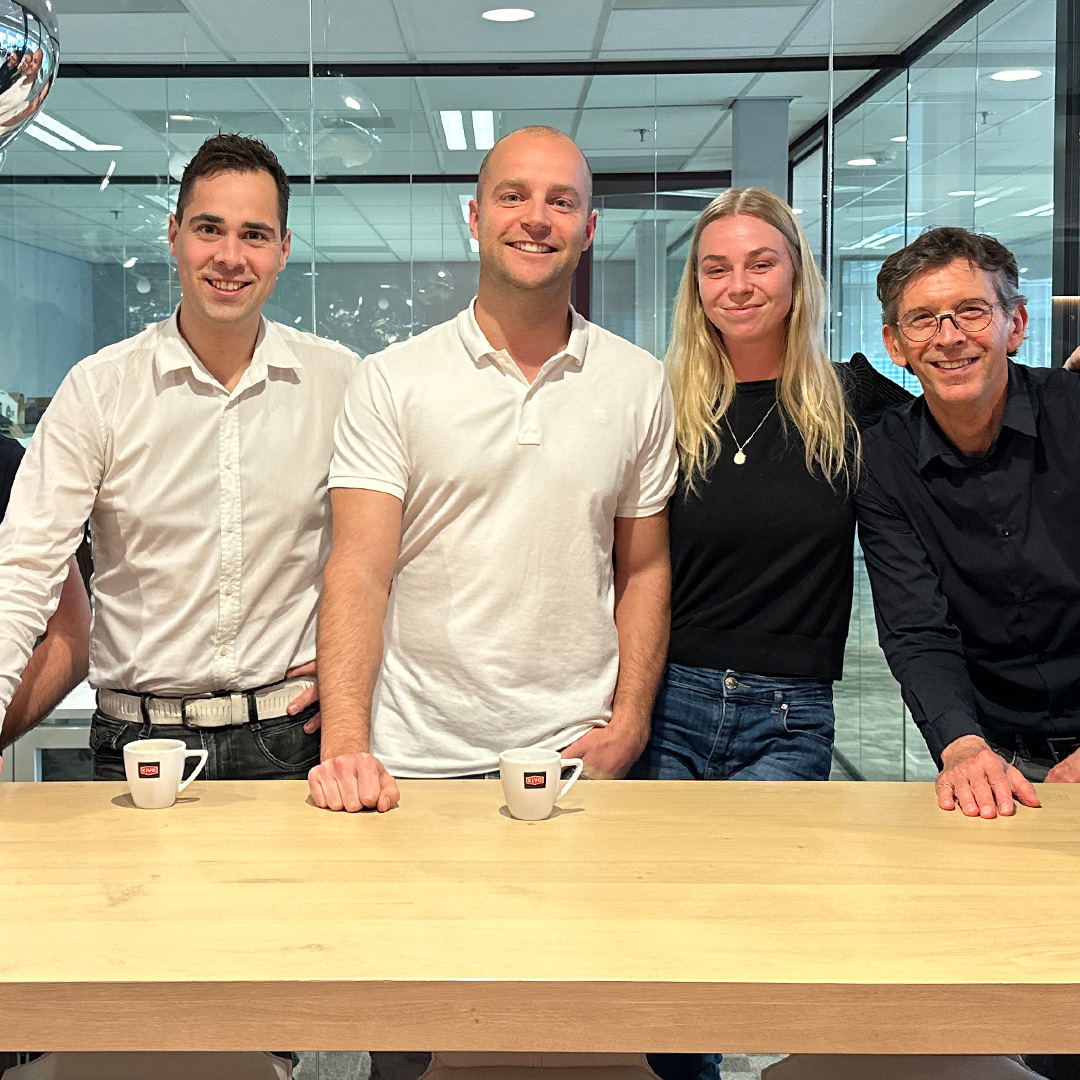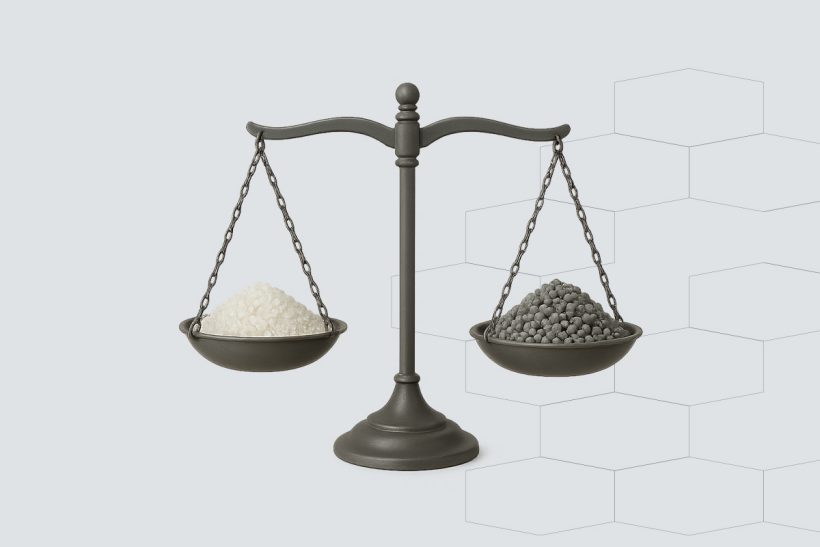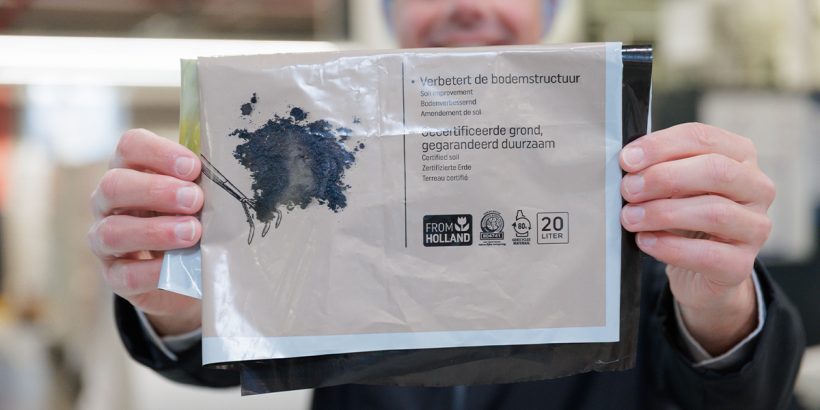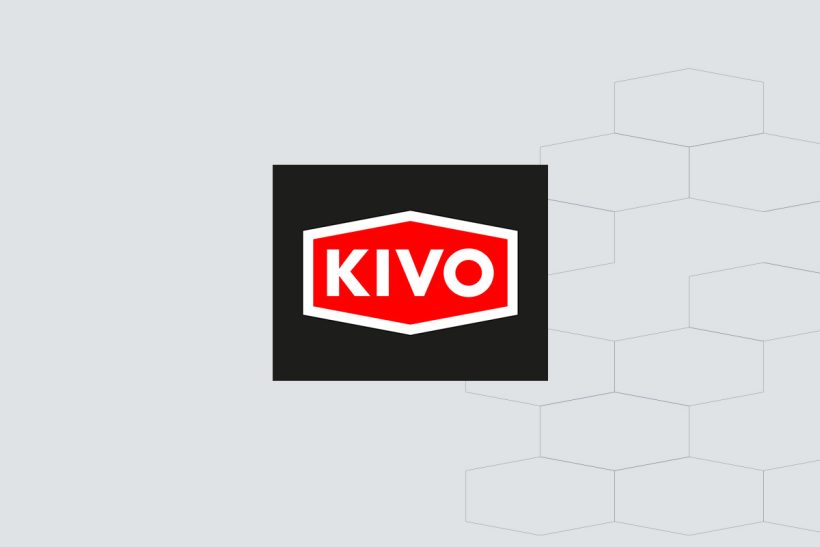What is plastic made of?
Plastic is mainly made from crude oil. This petroleum is first pumped out of the ground.
Crude oil is a mixture of various compounds of different sizes and properties. In an oil refinery, they purify the petroleum mixture by distillation. In a distillation process, you separate the different liquids contained in the product by boiling them. Each liquid, also called fraction, has a different boiling point, this allows the liquids to be easily separated.
What eventually remains of crude oil are mainly fuels, for example petrol and paraffin, as well as substances used to produce plastics. About 20% of crude oil is converted into a fraction of hydrocarbons called crude petrol, or naphtha. Naphtha then receives post-treatment to remove unwanted components. The blend is then ready for the next step in the production process: cracking.
The Naphtha needs to be further broken down into smaller particles. This is done in so-called Naphtha crackers by steam cracking. This is a process where molecules under extremely high temperatures chop up the Naphtha into monomers such as ethylene, propylene and many other compounds, as it were. Monomers are the basic raw materials for the petrochemical industry and are the building blocks for the plastic.
Europe's largest refinery and largest cracker are in Antwerp, but other port cities in north-western Europe also have large facilities. This is no coincidence. Oil has traditionally been shipped to ports from oil platforms. So it is most efficient to have the processing take place there as well.
Monomers are so small that they cannot be seen by the naked eye. They are also gaseous. This makes it challenging to transport. This is done with large pipelines from the crackers to the petrochemical plants. In the petrochemical plants, the production of the plastic takes place. This process is best described as stringing the monomers together to form a large chain. The chain of monomers, is called a polymer, or the plastic. Only in polymer chemistry, you don't talk about a chain, but about a chain. Polymer chains can differ in monomer composition, length, number of side chains, the position of side chains, and so on. You can imagine an endless number of types of plastic, each with its own properties and countless applications. It is manufactured in granular or powder form and supplied to plastic manufacturers. These are companies that then further process the granules into the plastic you use every day.
From grain to plastic
Once the pellets have arrived from a petrochemical plant at a plastic manufacturer, the pellets will be stored in large silos. From these silos, the pellets are piped to so-called 'extruders'.
At the extrude PE pellets are heated and melted in a cylinder containing a rotating screw (the extruder). The rotating screw forces the molten PE pellets forward and causes the material to flow through an extrusion slit. The extrusion head produces the desired shape (tube). A tube with a very thin wall emerges from the extruder nozzle. This is inflated with air, creating a huge plastic balloon in a continuous process. When it has cooled down, the tubular film wrapped and possibly cut open to film.
Below is a schematic representation of how this works.
From plastic to plastic packaging
One of the things you can make out of plastic are plastic containers. When the film is wrapped on a roll, it still has to be eventually processed so that it can be a package. To do this, the roll must first pass the confection department. Here, the plastic roll is cut, and sealed to serve as a final product. End products within KIVO such as fish sheets, car seat covers, furniture covers, crate bags and rubbish bags. InIf desired by the customer, we can also flexo printing within our flexo print shop.
When the plastic packaging has the right shape, it is packed and prepared for transport to customers worldwide. After this, the plastic packaging can possibly be recycled, provided it is separated cleanly and well, for example at our own recycling plant. REKS.
Do you have any questions after the article; how is plastic made? Then get in touch with us!




